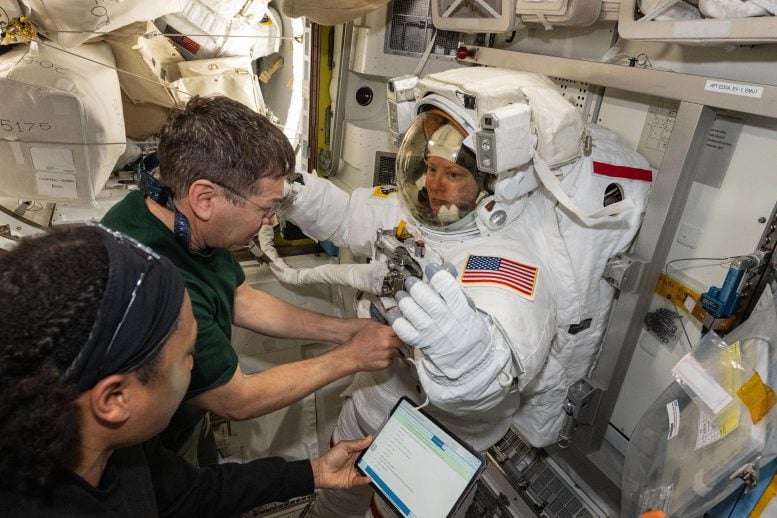
Expedition 71 Flight Engineers (from left) Jeanette Epps and Mike Barratt assist Expedition 71 Flight Engineer Tracy C. Dyson, all three NASA astronauts, during a spacesuit fit check inside the International Space Station’s Quest airlock. Credit: NASA
The Expedition 71 crew at the International Space Station is gearing up for a spacewalk focused on scientific and maintenance tasks, including the installation of a spare pump and the retrieval of faulty communications hardware. Additionally, Commercial Crew astronauts have extended their stay to facilitate further systems checks on the Starliner spacecraft. Amidst these preparations, the crew continues to engage in routine health checks and scientific experiments across various modules of the station.
Aboard the International Space Station (ISS), the Expedition 71 crew is getting ready for a spacewalk this week while two Commercial Crew astronauts will spend a few extra days. In addition, the orbital residents continued their advanced space research and conducted eye and ear exams on Monday.
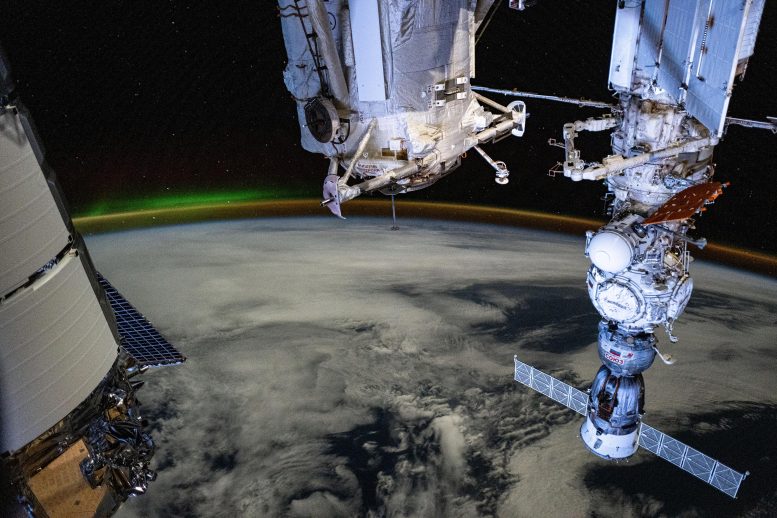
A dim aurora and an atmospheric glow crown Earth’s horizon in this photograph from the International Space Station as it orbited 266 miles above a cloudy Indian Ocean southwest of Australia. In the foreground, from left, are a portion of Northrop Grumman’s Cygnus space freighter, the Rassvet module, and the Soyuz MS-25 crew ship docked to the Prichal docking module which is itself mated to the Nauka science module. Credit: NASA
Spacewalk Preparations and Equipment Checks
On Friday, June 7, Expedition crew members completed the installation of the spare pump carried aboard Starliner for the urine processing assembly on the orbital outpost, and the hardware is functioning properly.
NASA Flight Engineers Tracy C. Dyson and Matthew Dominick are preparing for the first of three planned spacewalks for science and maintenance on the orbital lab. The astronauts are expected to set their spacesuits to battery power at 8 a.m. EDT on Thursday officially beginning their scheduled six-and-a-half-hour spacewalk. The spacewalkers will retrieve faulty communications hardware, also known as the radio frequency group, and swab station surfaces to determine the ability of microorganisms to survive the extreme microgravity environment.
Mission managers will discuss the upcoming spacewalk details during a news conference at 4 p.m. on Tuesday. Live coverage will air on NASA+, NASA Television, the NASA app, YouTube, and the agency’s website. Learn how to stream NASA TV through a variety of platforms including social media.
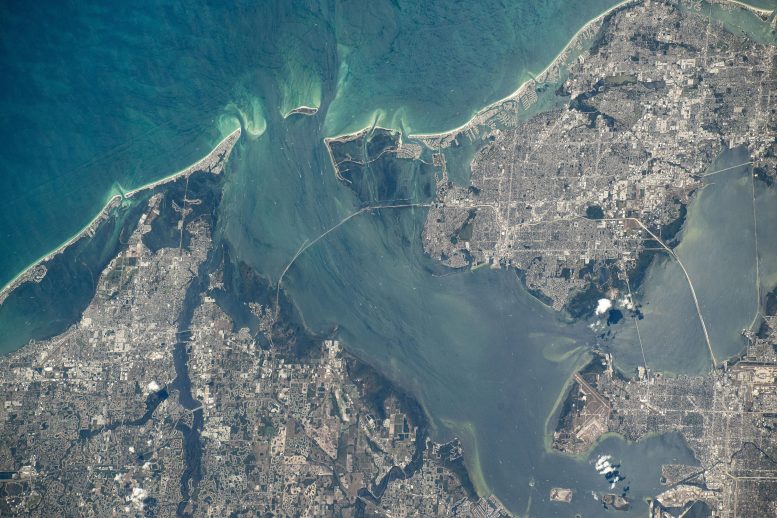
Tampa, Florida, and its surrounding suburbs on Tampa Bay and the Gulf of Mexico are pictured from the International Space Station as it orbited 261 miles above the Sunshine State. Credit: NASA
Daily Activities and Health Monitoring
NASA Flight Engineer Mike Barratt assisted Dominick as he tried on his spacesuit during a standard fit check in the Quest airlock on Monday morning. During the afternoon, the two spacewalkers joined Barratt and NASA Flight Engineer Jeanette Epps and reviewed Canadarm2 robotic arm procedures necessary to retrieve the radio gear.
Earlier, Epps attached an acoustic monitor to herself measuring the sound environment she’s exposed to aboard the station. Afterward, she collected lab water samples to test for microbes then conducted a hearing exam listening to tones on a pair of headphones connected to a computer. Dyson joined cosmonaut Nikolai Chub at the end of the day and peered at a standard eye chart reading characters to test their visual acuity.
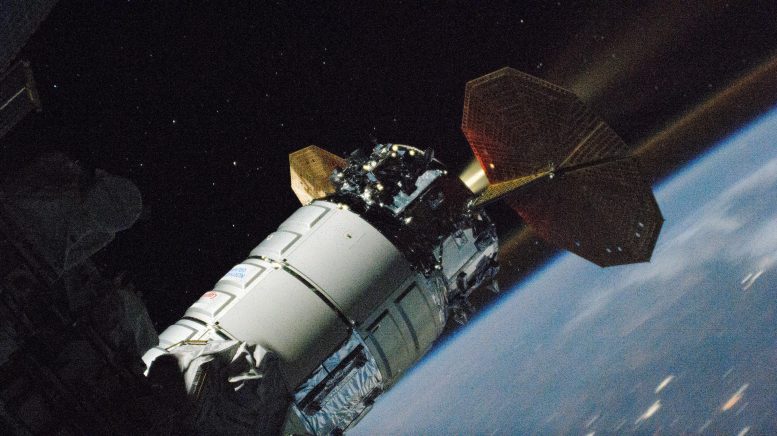
Northrop Grumman’s Cygnus space freighter, attached to the Unity module, is pictured firing its single engine boosting the International Space Station’s orbital altitude. This long-duration photograph also shows an atmospheric glow hovering above Earth’s horizon. Credit: NASA
Extended Mission for Commercial Crew
New station visitors Butch Wilmore and Suni Williams, both veteran NASA astronauts, learned on Sunday they will orbit Earth until June 18 before returning home aboard Boeing’s Starliner spacecraft. The extra days in space will allow teams more time to check out Starliner’s systems and free up the Expedition crew’s schedule for more spacewalk preparations.
Wilmore and Williams started Monday with health checks measuring their temperature, blood pressure, pulse, and respiratory rate. The duo then split up as Wilmore worked on computer maintenance inside the Microgravity Science Glovebox and Williams installed hardware to support a space fire investigation.
Routine Maintenance and Scientific Research
In the orbital outpost’s Roscosmos segment, Chub transferred water stowed inside the Progress 88 resupply ship to tanks inside the Zvezda service module. Flight Engineer Alexander Grebenkin cleaned vents and air ducts then checked lighting systems in the Zvezda, Nauka, and Poisk modules. Station commander and veteran cosmonaut Oleg Kononenko studied plasma physics in the Columbus laboratory module then wore a sensor-packed cap and explored futuristic spacecraft and robotic piloting techniques.


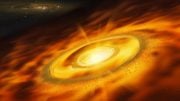


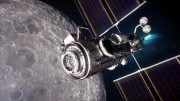


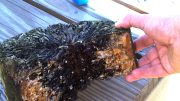
Be the first to comment on "Spacewalk Approaches as Starliner Astronauts Extend Their Orbit"